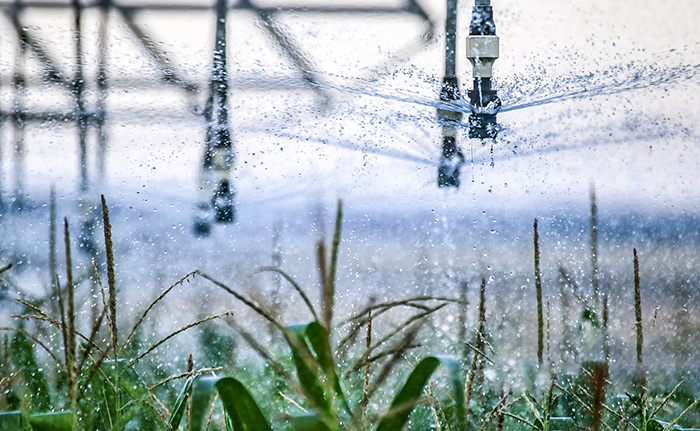Valves are useful devices that help control, limit, and shut off flow in a system. In a garden irrigation system, you can use valves to control when different plants are watered. While valves are generally considered helpful, choosing the right valve can be frustrating. We hear from many customers: “There are so many varieties! Some of them do similar things! I don’t know what type of valve to use!”
do not worry! At PVC Fittings Online we offer all major valve variants. In this blog post, we’ll outline what makes each unique. For basic users, the most important thing to remember is that a valve can do one of two things: close or regulate. Some valves do either/both, but this is an easy way to think about what you need the valve to do. It can help you choose the correct valve. We will now cover each of the major valve categories.
Ball valve
pvc ball valve choosing the right valve The gray Ball valve is a good example of a globe valve. They use spherical seats to stop or allow flow. There is a hole in the center of the ball so liquid can pass through when the handle is turned to the “on” position. When the handle is rotated 90 degrees to the “off” position, the fluid hits the solid side of the ball and stops.
The PVC ball valve in the picture has been disassembled so you can see its inner workings. This one uses a rubber O-ring to ensure a seal. Ball valves are globe valves because they are generally not designed to be partially open. They mean fully open or fully closed. Depending on the type of ball valve you buy, they may experience some pressure drop. This is because the diameter of the hole in the valve ball is usually smaller than the diameter of the pipe itself.
Choosing the right valve butterfly valve can play the role of a globe valve or a regulating valve. They can completely shut off flow or remain partially open, thereby restricting flow. Controlling the flow is useful if you want to reduce the pressure in your system. The flow through the small opening will be restricted, reducing the pressure downstream of the pipe, depending on how open the valve is. Butterfly valves can also be used as typical 90 degree rotary valves by simply switching between the “on” and “off” positions.
Butterfly valves use a disc that rotates around a central stem to control the passage of fluid. The PVC butterfly valve pictured has a handle that stops and locks anywhere between fully open or closed. This allows precise control. A major factor to be aware of when using butterfly valves is that they require mounting flanges. You can’t simply connect them to pipes. This makes installation more difficult, but not impossible! Another important feature of butterfly valves is that there is an inherent pressure drop because the disc is always in the flow.
gate
Grey gate valve with red handle pvcGate valve is usually used as a shut-off valve and can also be used as a regulating valve. They use descending or ascending “gates” to control flow. When the valve is open, the gate is stored in the high upper part of the valve, which is where the gate valve acquires its unique shape. Unlike the first two valves, the gate valve is not a quarter-turn valve. They use a handwheel to open/close, while ball and butterfly valves use a lever handle. This makes them easy to keep partially open and also makes any type of manipulation easier.
One possibility of using a gate valve for flow regulation is that the fluid will hit a flat gate surface. Depending on the amount of pressure in the system, this can cause wear over time. The gate valve pictured is a true union design, which means it can be easily dismantled. This is ideal for cleaning, maintenance and repairs. Gate valves do not require flanges; they can be placed directly into the pipeline.
Check the valve
Transparent pvc swing check valve blueCheck valves are available in many forms. The main function of the check valve is to prevent backflow. This makes them regulating valves because they control the direction of flow. Check valves are controlled by the fluid in the line rather than the operator, which makes them different from the valves we’ve examined before. Check valves come in many different forms, but we’ll only cover the two most common types.
A swing check valve is a valve that uses the swing function to prevent backflow in the system. The clear PVC swing check valve on the right has a disc that unscrews if fluid passes in the desired direction. If anything tries to reverse the flow, the disc is pushed closed, stopping the flow. Swing check valves produce minimal pressure drop because the disc is fully pushed open during operation.
Transparent pvc ball check valve true union
The other main type of check valve is the ball check valve. Ball type check valve uses spherical or hemispherical type
Post time: Oct-27-2022




